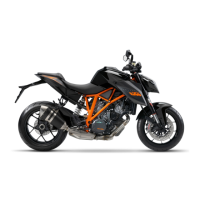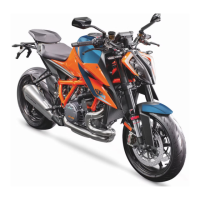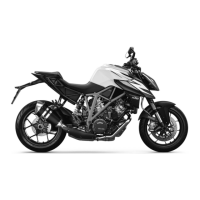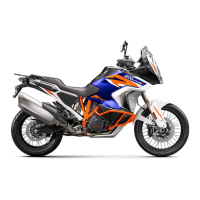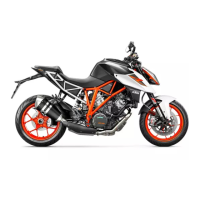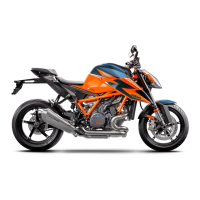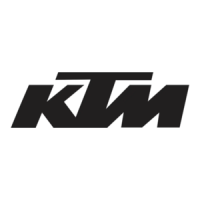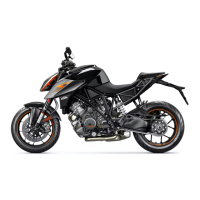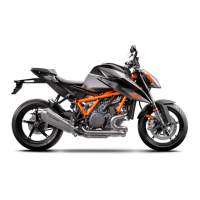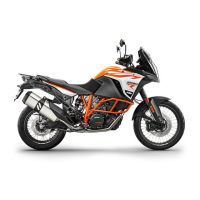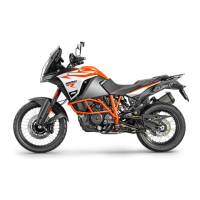What to do if my KTM 1290 SUPERDUKE R Motorcycle engine turns but does not start?
- TThomas GonzalezAug 15, 2025
If your KTM Motorcycle engine turns but doesn't start, it could be due to a defect in the fuel injection system, so you should read out the fault memory using the KTM diagnostics tool. Also, the fuel quality might be insufficient, so add suitable fuel.
